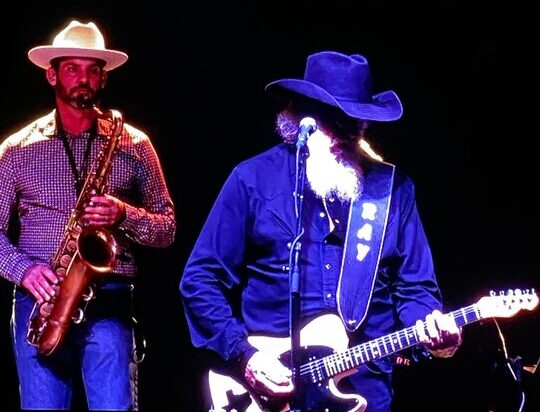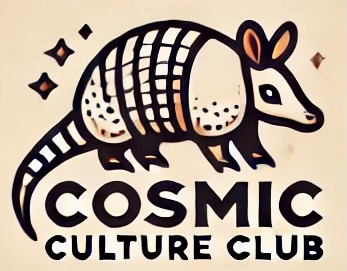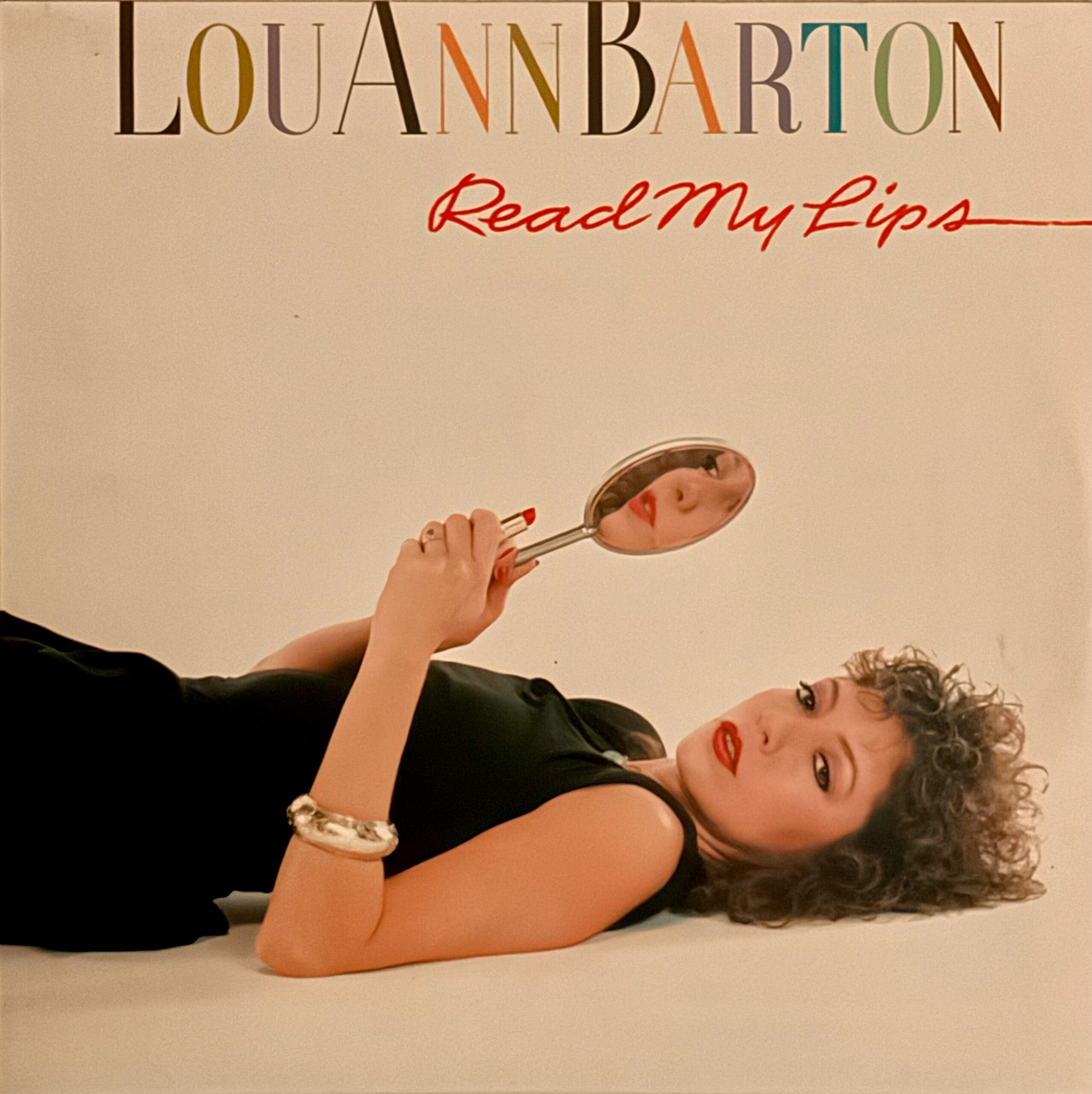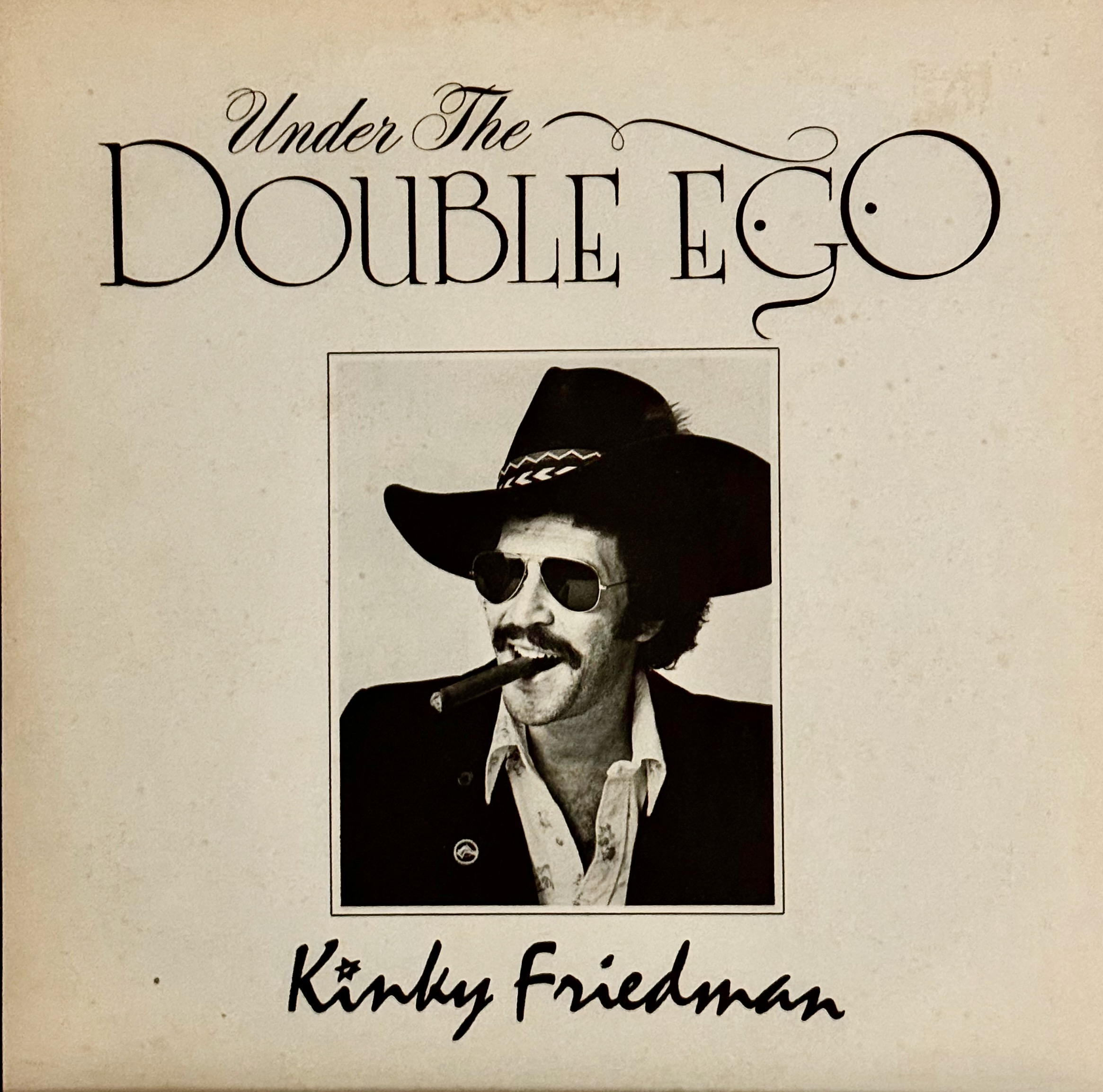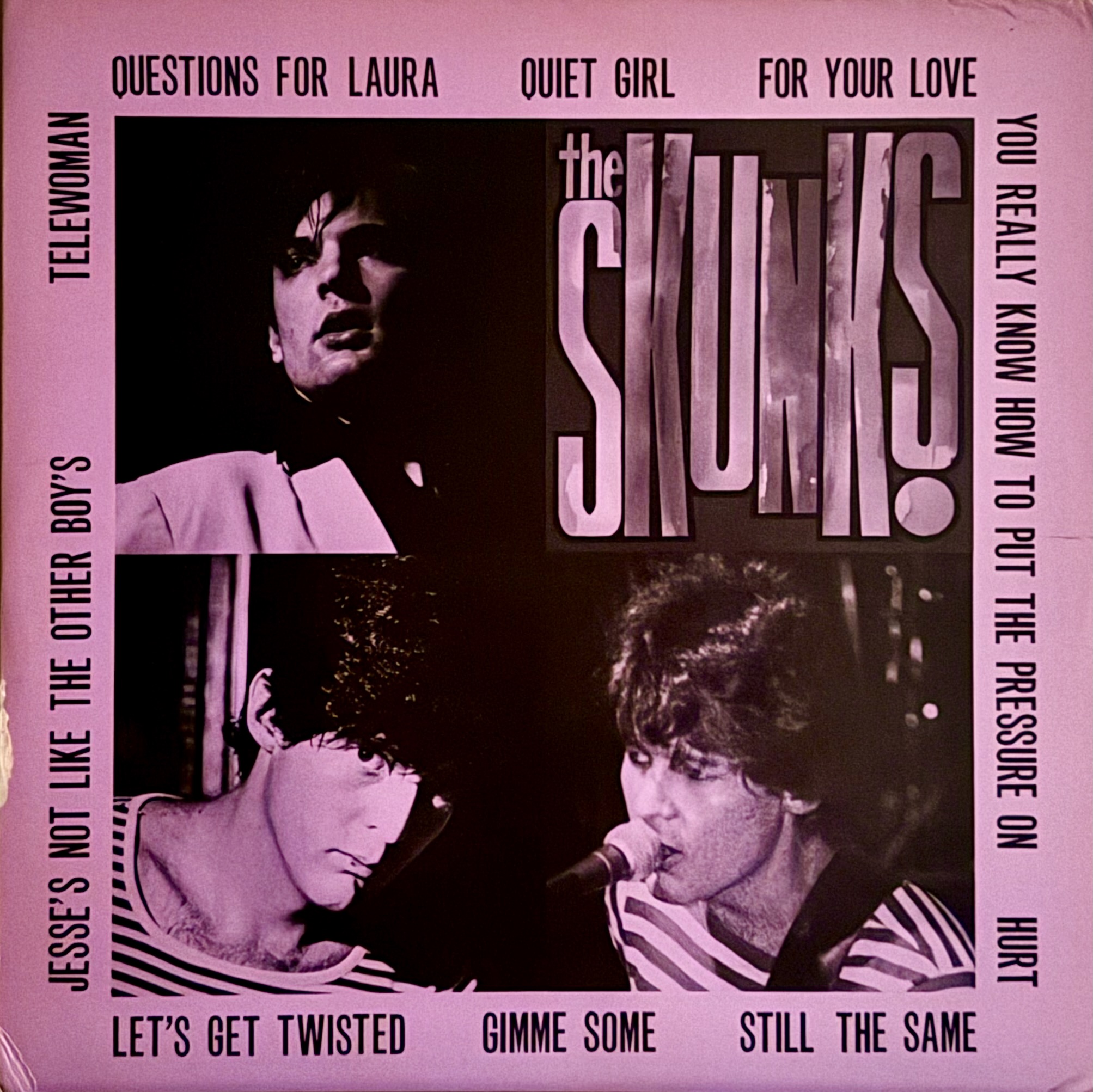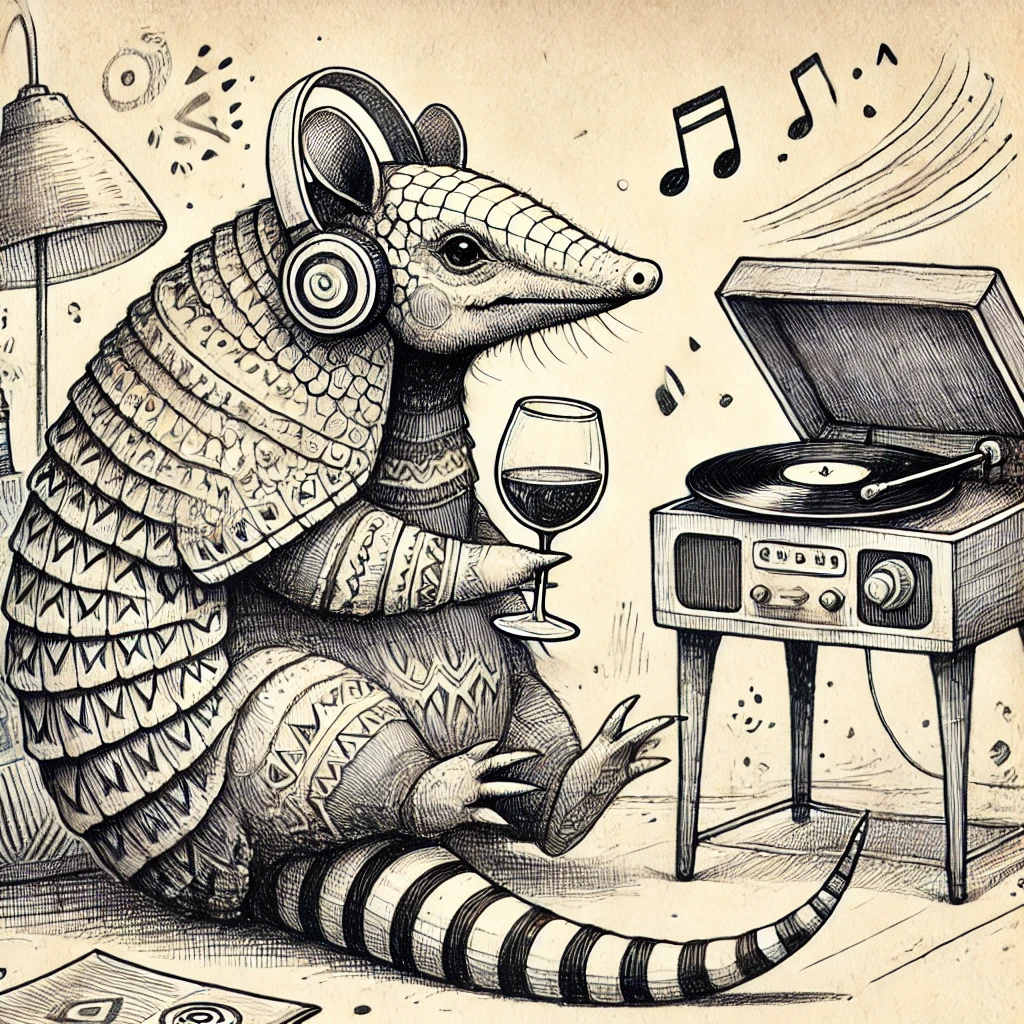The Intersection of Western Swing and Punk Rock
Asleep at the Wheel is the most iconic punk band to come out of Austin. This is usually overlooked because they play Western Swing music that hasn’t been popular since the 1940’s. But punk is about attitude, and Ray Benson has the spirit of a punk. He’s the definition of DIY and has built a fifty year career on refusing to compromise just to fit a mold.
During Lloyd Maines’ induction speech for Ray Benson’s “Master Award” at the Ameripolitan Music Awards, he fondly recalled the band’s electrifying performances at the Armadillo World Headquarters in the early 1970’s. A six-foot-seven-inch tall madman with flowing red hair high-kicks his way around the stage while the band gets down with a musical number. He stops at the front of the stage to juggle, leans over the crowd, and catches the balls in the brim of his cowboy hat before strutting back to the microphone. “They were playing Western Swing, but if Bob Wills was on acid,” he remembered with a chuckle.
It’s during their live performances that Asleep at the Wheel truly shines, putting on the kind of circus act described by Maines. Blending elements of country, rock, and jazz, the band effortlessly transitions between mainstream country covers, big band jazz numbers, and soulful ballads, captivating audiences with their dynamic stage presence.
If you need further proof of his punk spirit, listen to Ray’s adulation of Kurt Cobain. “Asleep at the Wheel never played anything like Nirvana’s punk rock, but that kind of musical emotion is what we were after.”

The Asleep at the Wheel Saga
There is no version of the Asleep at the Wheel story that does not include Ray Benson. He’s the only constant the band has known in its extensive history. That in no way diminishes the contributions of the other members. This group is built around the exceptional talent of the musicians, and several of the Grammy Awards won are for instrumental work, but Ray is the captain steering the ship.
He is not a likely candidate to front a Texas country band. Let’s start with the fact that he’s not a Texan. In fact, he’s a Jewish fellow from the Northeast, but when Ray moved to Austin in 1973, he committed himself to being a Texan. When Ray commits, he commits hard, and he not only transformed himself into a Texan, he successfully transformed into a Texas icon.
In the 1960’s, Ray was playing jazz with his counterculture buddies in Philadelphia and listening to Bob Wills when nobody else was around. The idea for a band started to blossom in his mind, a group that could “take the wide open spaces of Western Swing and decorate them with Count Basie-style big-band jazz.” This seedling of an idea spawned a band that has lasted over five decades, produced twenty-five albums, won ten Grammy Awards, and been inducted into the ACL Hall of Fame.
The idea was not fully formed when Commander Cody and his Lost Planet Airmen beckoned the way for Ray. Ray recognized a kindred spirit when he stumbled on their show in a local nightclub. Here were guys putting on an electrifying act that blended elements of Country, Rock and Roll, and Jazz. It was the proof Ray needed to know he was on the right track.

Thus started a lifelong musical odyssey known as Asleep at the Wheel. The cast rotated around Ray, with some folks passing quickly, while others have recurring roles that have spanned decades. The story can be divided into three distinct chapters: the original group that stayed together for about a decade and established the sound of the music; the road dogs of the 1980’s who traversed America’s honky-tonks and scratched out a life on the road; and the Texas institution of today who have claimed the throne vacated by Bob Wills and declared themselves the rightful caretakers of Western Swing.
Join Together With the Band
Every superhero has an origin story, and Ray Benson is no exception. After hatching the idea of forming a working-class country band comprised of long-haired hippies, the next step was to recruit collaborators. Once that was completed, the sensible thing to do was move onto an abandoned farmstead in Paw Paw, West Virginia, and learn to be a band.
This is a concept known as “woodshedding.” Getting away from society and finding a place where the band can focus on each other and the music without life’s annoying distractions. But they didn’t know this was what it was called at the time, and wouldn’t learn it until they eventually moved to San Francisco and Jerry Garcia informed them that was what they had just done.
So, Ray Benson, Lucky Oceans, and Leroy Preston (stage names, of course) are squatting on a farm in one of the most conservative parts of America. They are the primary conspirators, but a stream of friends are flowing in and out of the farm, staying for varying lengths of time. If you thought the presence of a hippie collective sprouting in this part of the world went unnoticed, you would be wrong. However, the band appeared harmless enough, and they put on a good show at the Sportsman’s Club, so they were grudgingly accepted.
In fact, when a busload of long-hairs pulled into a nearby town, they were directed towards their “friends” down the road. One day, Wavy Gravy and the Hog Farm, a traveling commune of hippies who had run the “please force” at Woodstock the year before, pulled into the farm and set up camp for a few days. The Hog Farm was headed to the nation’s capital and lured the band along with the promise of an opening slot for Alice Cooper and Hot Tuna.
That initial gig led to several more and soon the band was playing regular shows for hillbillies in West Virginia and hippies in D.C. They were one of the few bands that were capable of entertaining both factions of society.
After one of the D.C. shows, a car pulled into the farm, and two girls hopped out looking for the band. They brought them into the rehearsal room and discovered these girls could sing. One of them left when the school year started again, but Chris O’Connell stayed and became a full-time member of the group. The addition of a female vocalist added a new element to the band, and her sultry singing became a signature sound.

Go West, young man
With the credibility of playing real honky-tonks in rural America established, it was time for the band to move along. So, they loaded everything they owned into Ray’s old Cadillac and headed west to the promised land of San Francisco. Their old friend Commander Cody had settled there a few years prior and convinced them this was the place to be. He even offered a place to stay while the band established themselves.
In San Francisco, Asleep at the Wheel started playing regular gigs and, more importantly, started touring. They added pianist Floyd Domino and continued to grow into their unique sound. Filling clubs in the Bay Area, and a few helpful words from Van Morrison, created enough buzz that record labels started calling.
Asleep at the Wheel’s debut album, “Comin’ Right At Ya,” was released in 1973. In a prophetic manner, the first track off the album is a Bob Wills cover, “Take Me Back to Tulsa.” The recording includes a blend of original songs and reimagined traditional material. This is a format the band continues to follow with most of their albums.
The album was hailed by critics but failed to chart. The eclectic style worked well on stage but was difficult for the record label to figure out how to market. Having three singers, each with a unique style, was confusing for the Nashville guys. This is a theme the band would continue to see for much of its history.
Gone to Texas
At the urging of Doug Sahm and Willie Nelson, the Wheel left San Francisco in 1973 for the hippie-cowboy paradise of Austin. This town was a magnet for long-haired misfits wearing cowboy boots and playing guitars, and the guys (and girl), fit right in. Not only did they fit in, they became one of the most influential bands in establishing the Austin persona.
This band lives on the road. Heck, Ray Benson stood beside Robert Earl Keen at his retirement celebration to remind him that “for Asleep at the Wheel, the road really does go on forever.” But, from the time Ray arrived in town, Austin was home base.
The band played regular shows at the Armadillo World Headquarters, including sharing the bill with Commander Cody to close the joint down. They played the Broken Spoke (and still do) where Ray’s hat nearly brushes the ceiling while he performs. They played the Soap Creek Saloon and Gruene Hall. They are one of the bands that turned these joints into the legendary venues they are in the Texas Music scene today.

1977 saw the release of “The Wheel” – an album that captures this era of the band in all their splendor. The album climbed into the top 40 of the Country charts and grabbed two Grammy nominations. It’s an exclamation point on a year where Rolling Stone named them Best Country Western Band and the Academy of Country Music awarded them Touring Band of the Year. However, the winds of change were blowing and by 1979 life started to catch up with the band.
They already had more success than most bands could hope for. They’d released five albums, won two Grammy Awards, and packed venues across the nation. Album sales were never through the roof, but each album was moderately successful and they charted regularly. The band consistently teetered on the precipice of mainstream success, and it frustrated the record labels that they could not push them over the hump. The band refused to compromise, and it frustrated them that the executives wouldn’t get out of the way and let them be themselves.
One by one, the original core lineup peeled away. Floyd Domino decided to throw his hat in with an opening act and ran off with George Strait. Tony Garnier started a journey that would see him play in the Saturday Night Live band before joining Bob Dylan on the never-ending tour in 1989, where he is still playing to this day. Lucky fell in love with an Australian girl and moved to the outback to marry her where he has played in a variety of bands and hosted a radio show.

The 80’s
Eventually, Chris O’Connell and Ray Benson were the only original members left. By the end of the decade, Benson was the last man standing. To further complicate matters, record labels gave up on turning the band into a commercial success and cut them adrift. This would have marked the end of most bands, but Ray chose not to quit.
He kept recruiting new members to fill the voids and hit the road to play the honky-tonks of America. This era was defined by life on the road, and it was a hard life. Ray learned to drive the bus as a cost-saving necessity and became a roadside mechanic as well.
Life on the road is hard, but it suits Ray well. He shrugs off the struggles, “Robbie Robertson was in ‘The Last Waltz’ whining about how the road will kill ya because The Band did ten whole years of touring. Robertson wrote some great songs, but he’s a wimp; I’ve done forty-five years and still going.”
When the band was struggling to make ends meet, the manager thought, “We are in a beer hall every night; there have to be other ways to make money from that.” So, he called up Budweiser to see what they could work out. The beer company sent some signs to plaster on the tour bus and asked if Asleep at the Wheel wanted to record a jingle. That phone call led to a fruitful relationship, and if you watched TV in the 80’s, you’ve heard Ray Benson’s deep baritone declare, “For all you do, this Bud’s for you.”

Harrah’s Casino in Lake Tahoe was another regular gig that kept the bill collectors at bay. They’d do two one-hour shows every weeknight, then three a night on the weekends. Ray credits this as an educational experience that taught him how to orchestrate a concise, focused set that maximizes audience engagement.
During this period, Ray continued to evolve into the role of a bandleader in the tradition of Duke Ellington. Musicians played on a rotational basis, but Ray ensured that every one of them was a skilled player who added exceptional talent to the show. The genius of the band is centered in the quality of musicians allowed on stage.
By the end of the decade, the hard work of rebuilding was paying dividends. In 1987, the Wheel came storming back on the scene with the release of “10”; the tenth studio album from the band. The album produced four singles, climbed to sixteen on the charts, and won the band another Grammy Award. It was a grand return for a band that had (re)paid their dues on the road.

The Texas Institution
The modern incarnation of Asleep at the Wheel is a Texas institution. They’ve played the opening set at the ACL Music Festival since its inception in 2002. They’ve recorded eleven episodes for the Austin City Limits TV show, trailing only Willie Nelson and Lyle Lovett in the number of appearances, and were inducted into the Hall of Fame in 2015.
Around Austin, Ray is the magnanimous king of the town. You can find him wearing a Longhorn jersey playing a show outside Darrell K. Royal Memorial Stadium. Then, he’s opening the season for the soccer club. Heck, if you are walking from Whole Foods to Waterloo Records, it’s Ray’s voice that lets you know, “the walk sign is now on to cross Lamar at Sixth Street.”
Fifty years after forming a band, Ray Benson is doing exactly what he set out to do – converting new fans to an exciting genre of music he loves. “How do you keep this music going?” Benson asks. “Well, you’ve got to have some young people. If young people aren’t doing this, then we’re just a museum – and I don’t want to be a museum.”
It’s that fire that keeps Asleep at the Wheel an exciting live draw. Every show, Ray is out there selling the music to a new generation. He’s just as passionate about this calling today as he was in Paw Paw in 1970. The genre demands improvisation, and each performance is an opportunity to reimagine the material.

The rotating cast of musicians adds to the excitement. Ray is a masterful band leader and will highlight the skills of the musicians on stage with him that particular night. That could mean a heavy dose of dueling fiddles, jazzy saxophone ballads, or blues-driven guitar solos. All centered around a core of original and traditional songs that are the hallmark of the band.
Ray has spent half a hundred years on the road. He’s played to hillbillies, hippies, yuppies, and hipsters; and he’s rocked them all. This is a man that knows how to command a stage. The institution of the band has become a Juilliard of Western Swing. Want to prove you can play this music? Play in Asleep at the Wheel. THAT means something on a resume.
